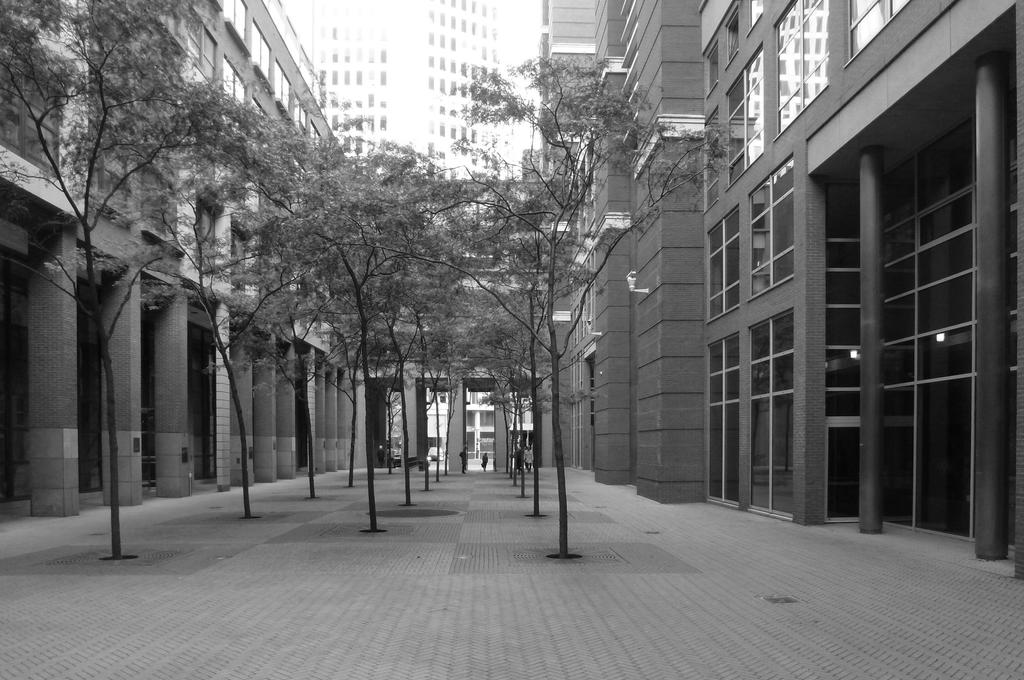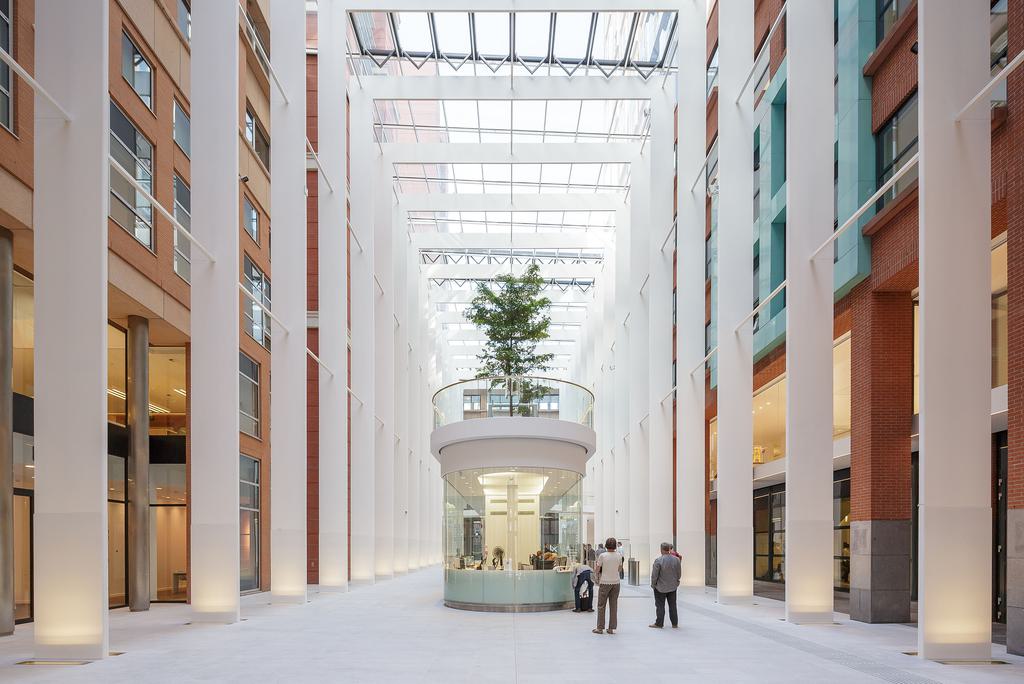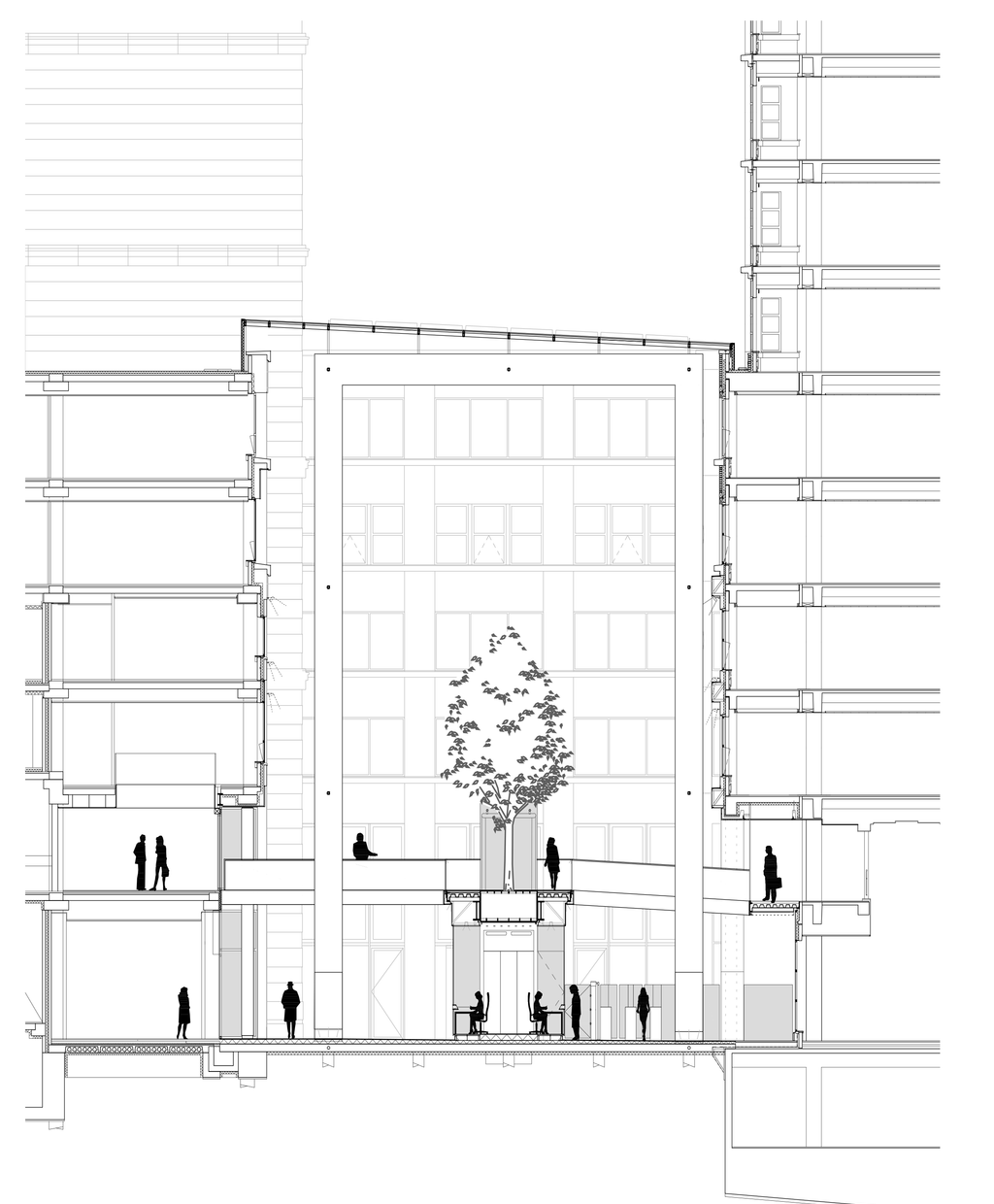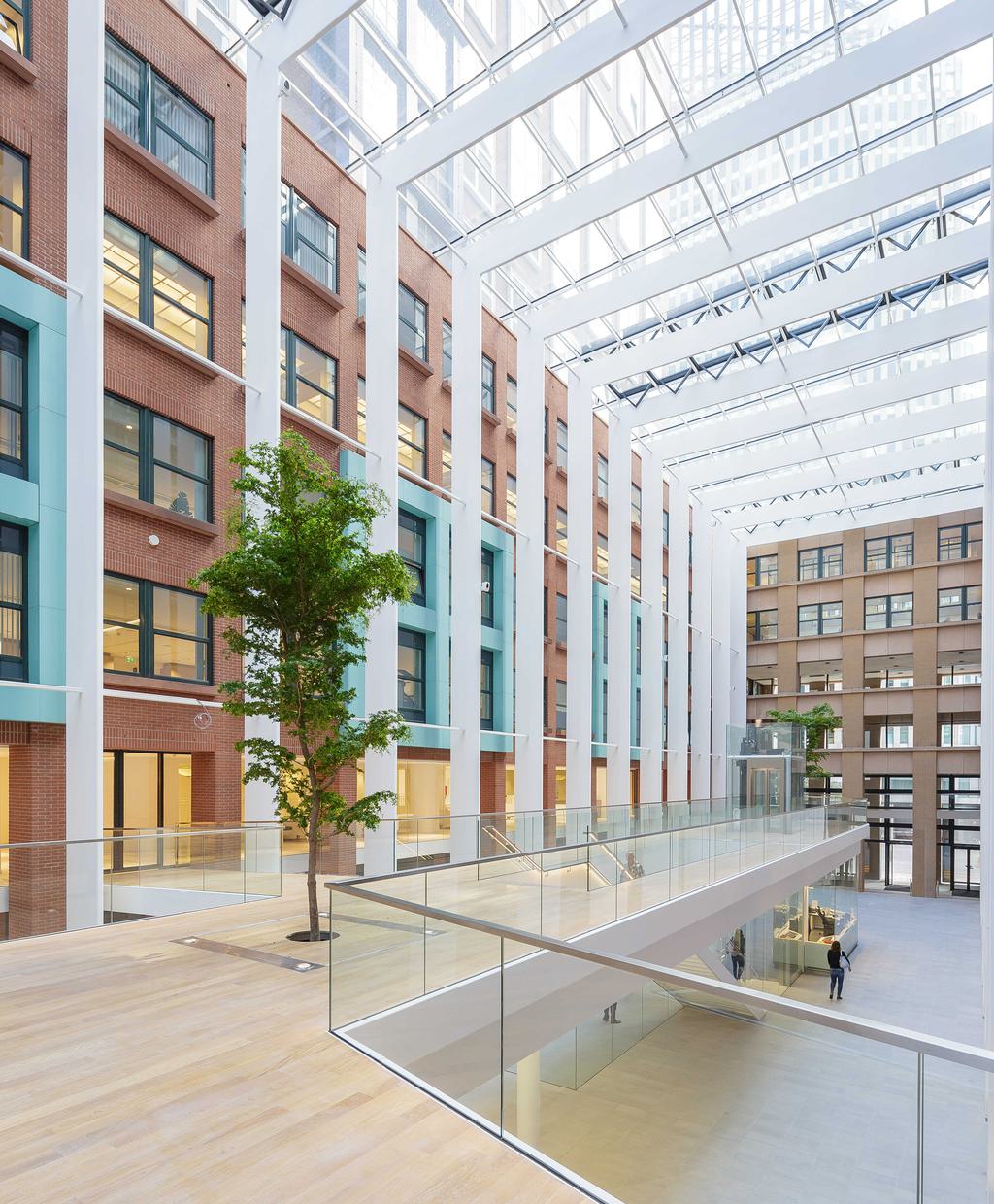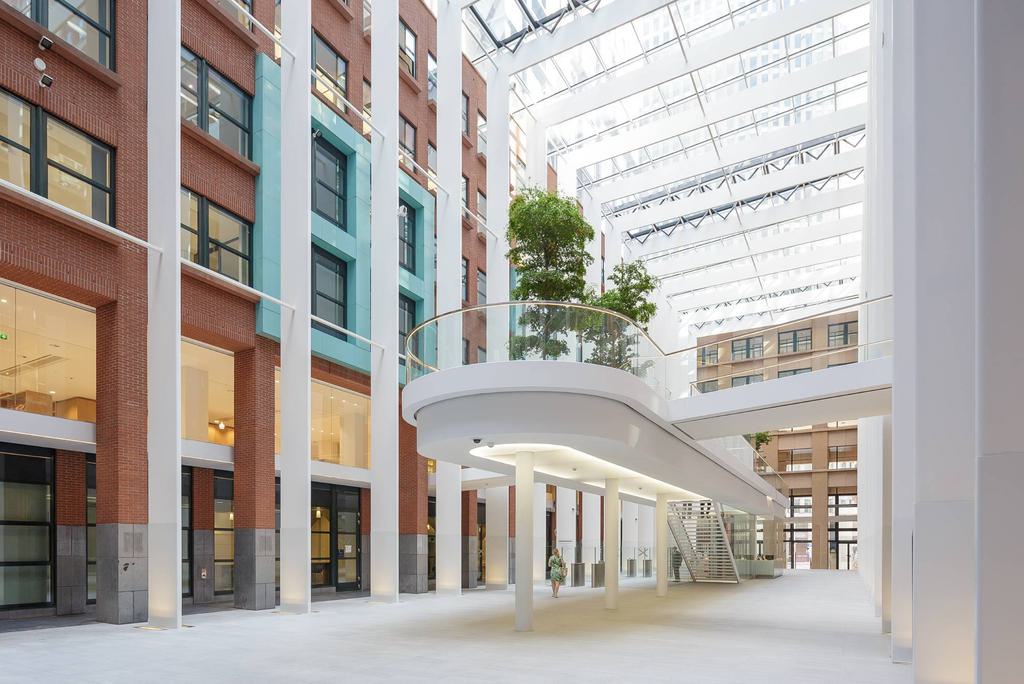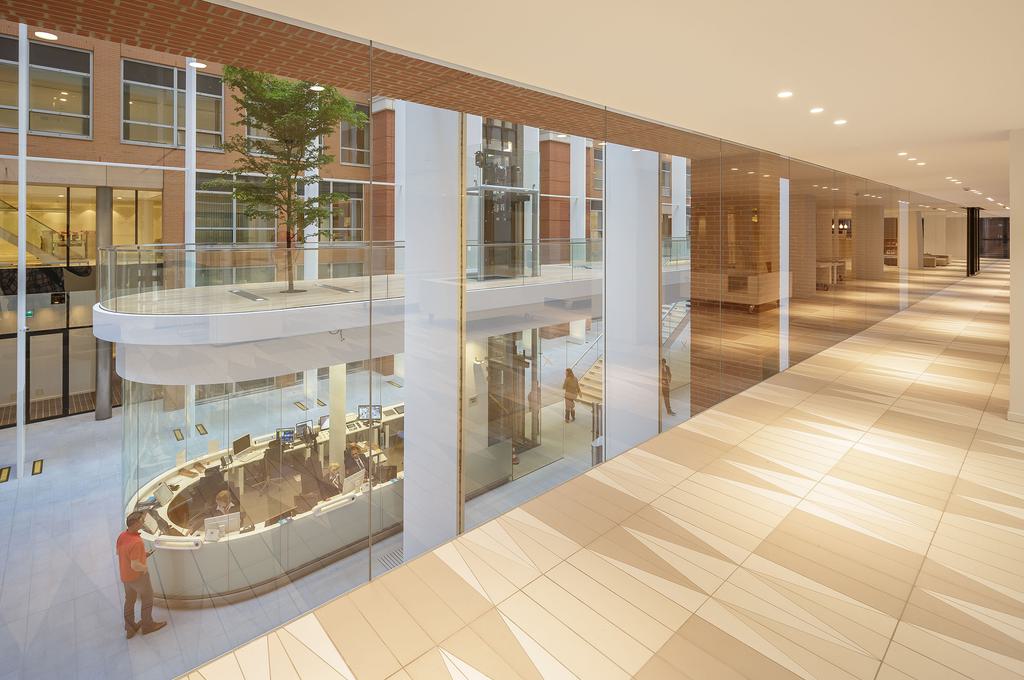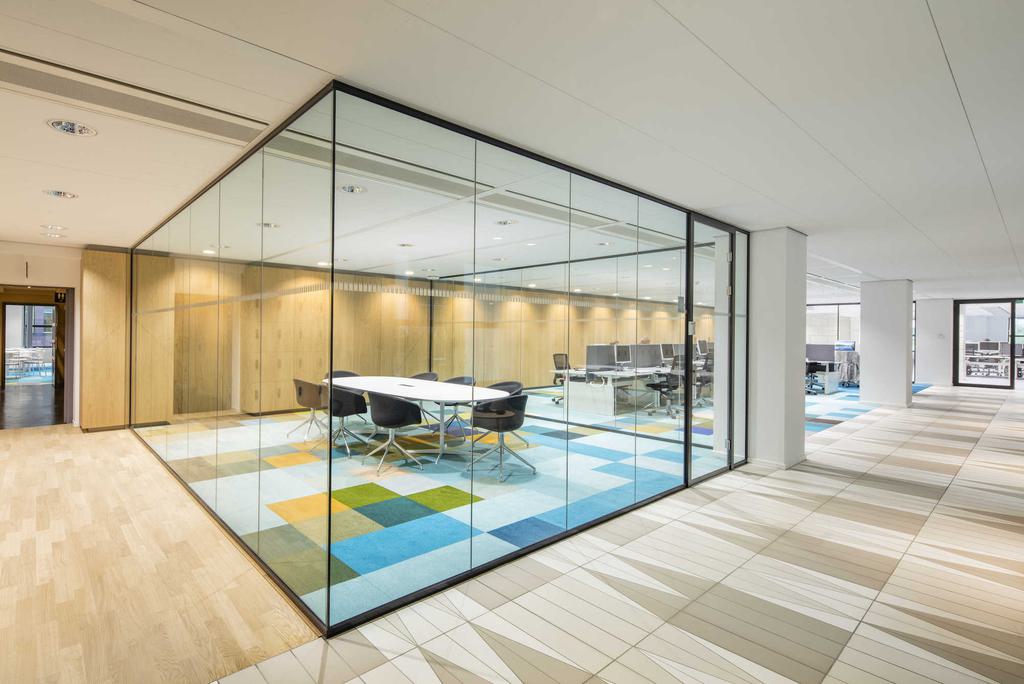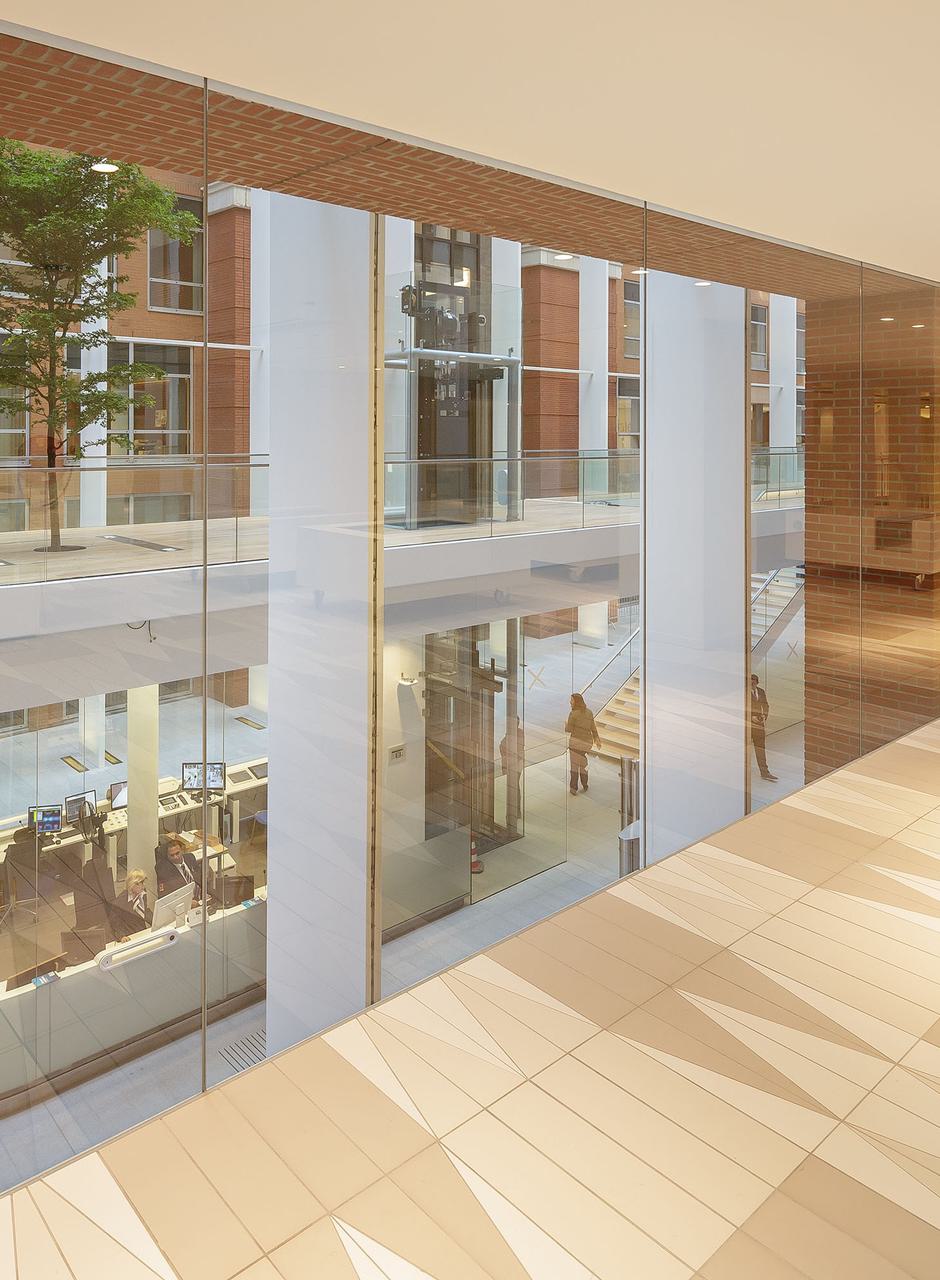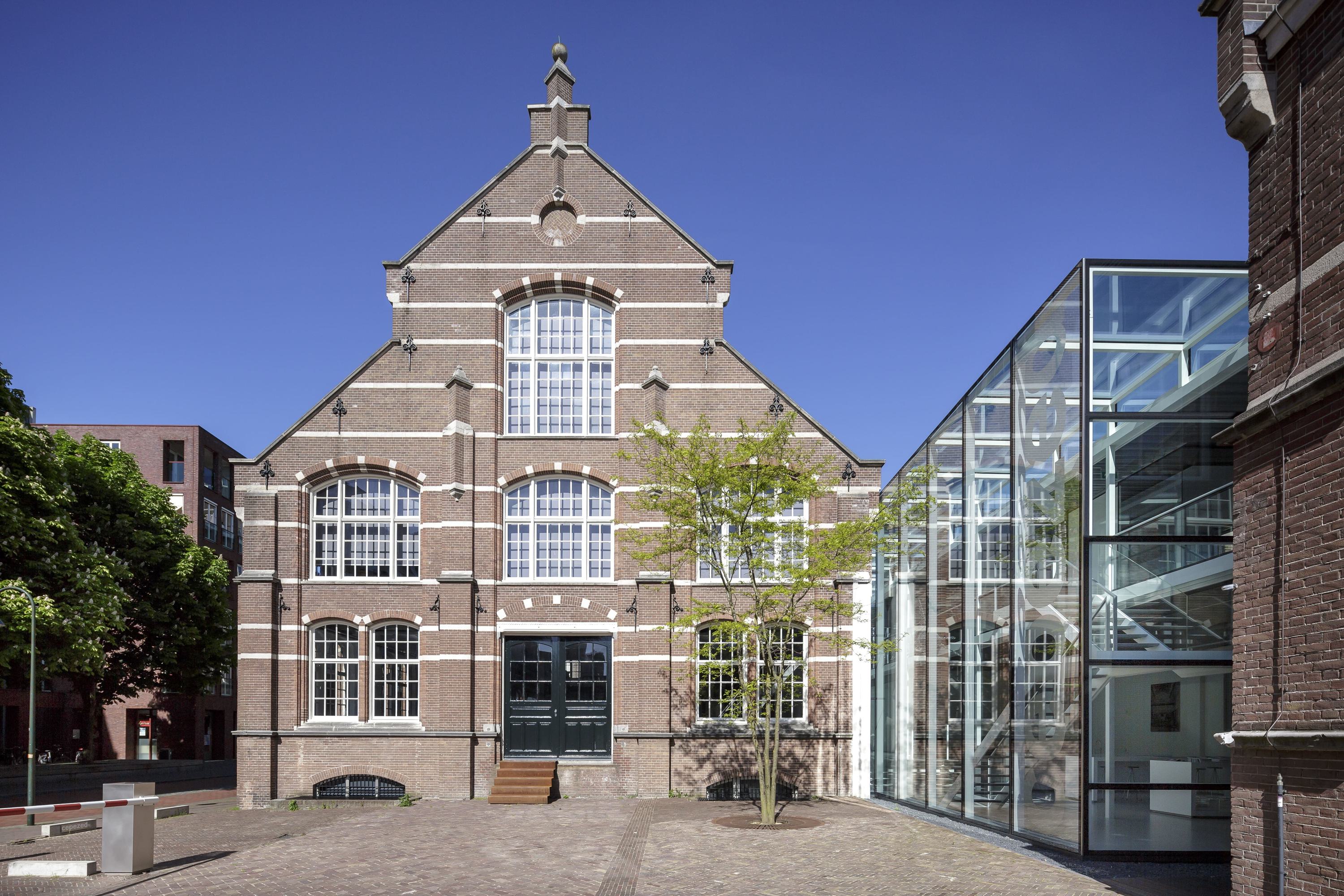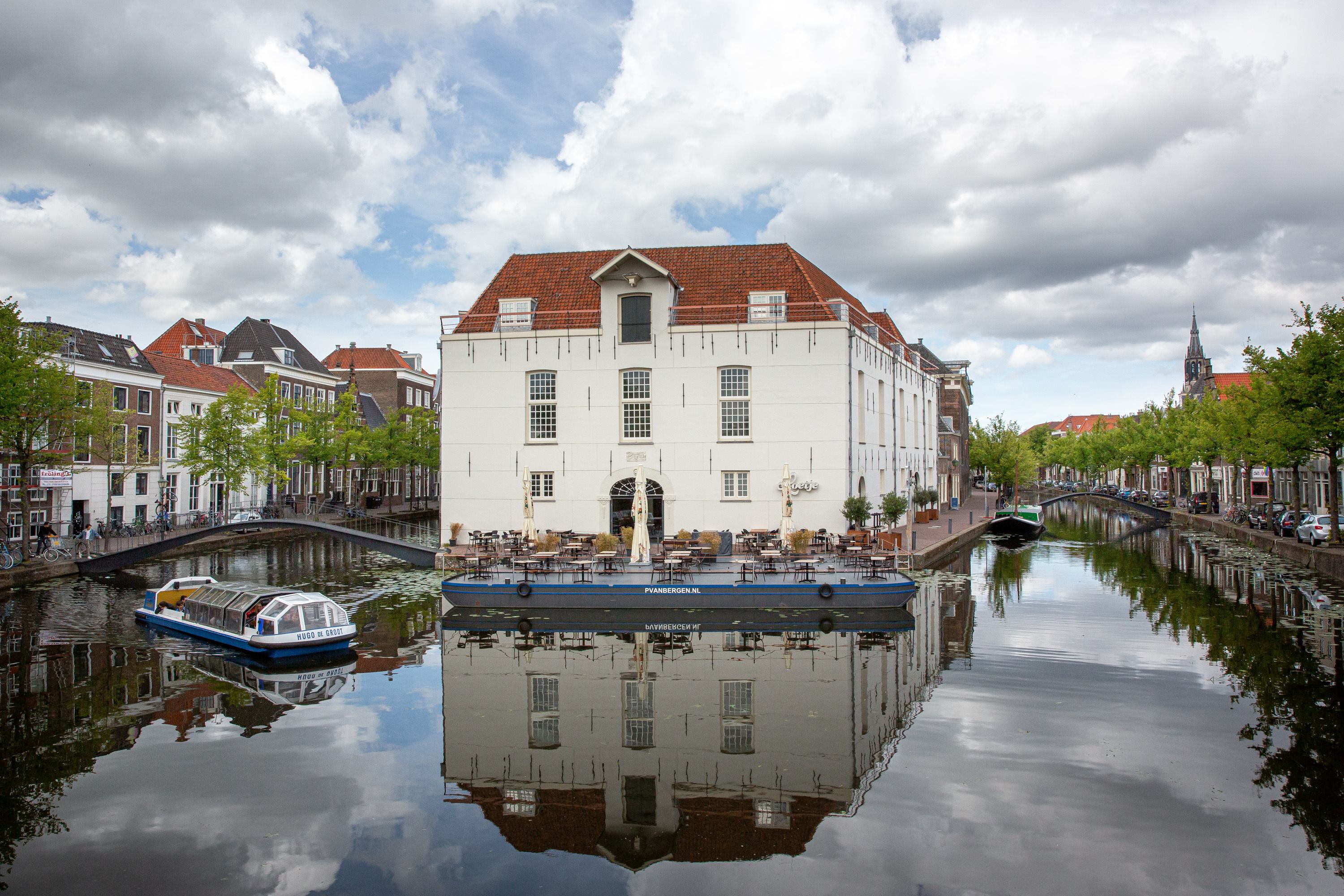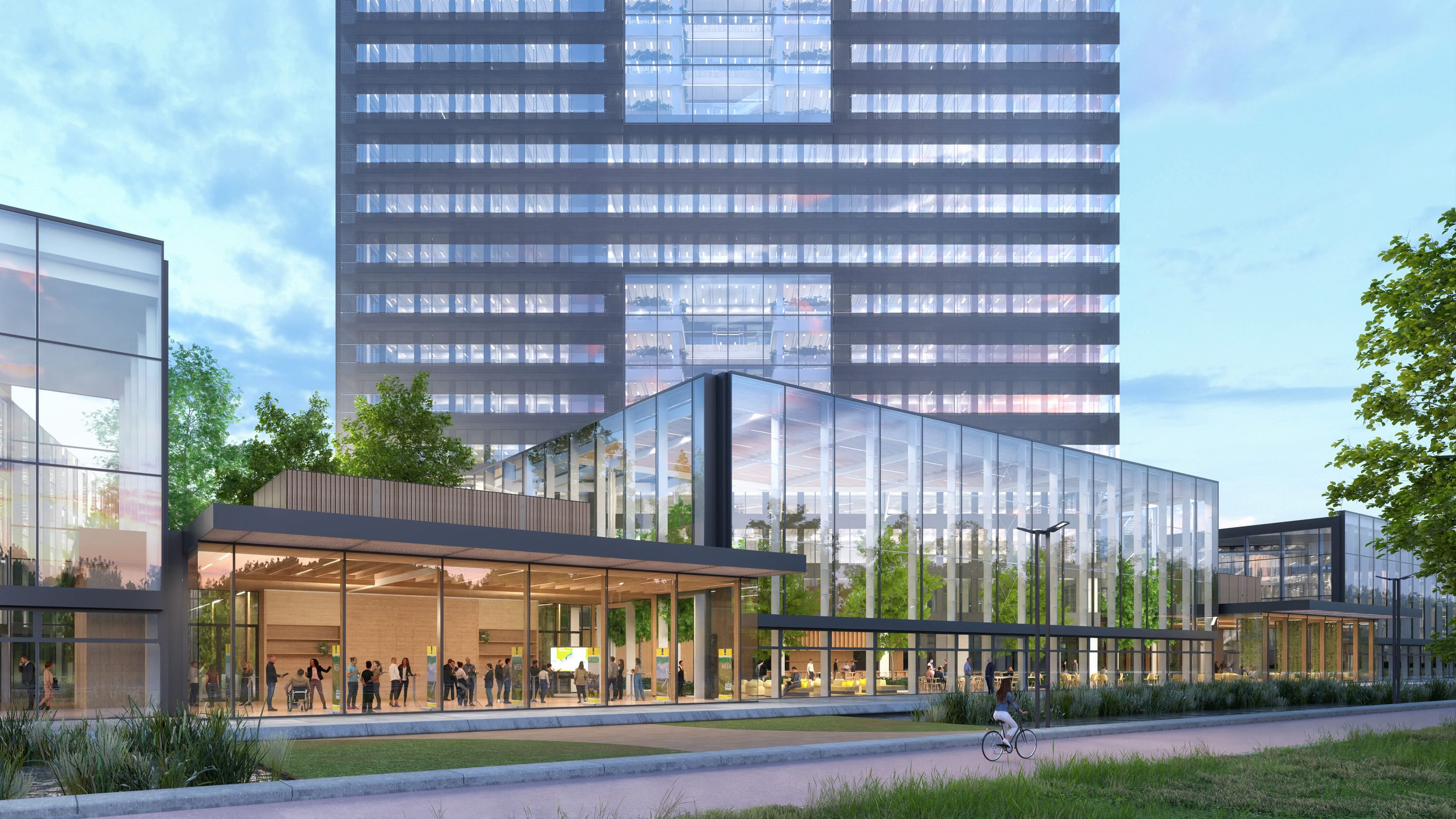The Resident
This large complex next to The Hague Central Station houses the Ministry of Health, Welfare and Sport (VWS) and the Ministry of Social Affairs and Employment (SZW). The Helicon and Castalia buildings, designed in the 1990s by Soeters van Eldonk and the American architect Michael Graves, were in need of modernization. cepezed coordinated the entire project and designed the atrium.

